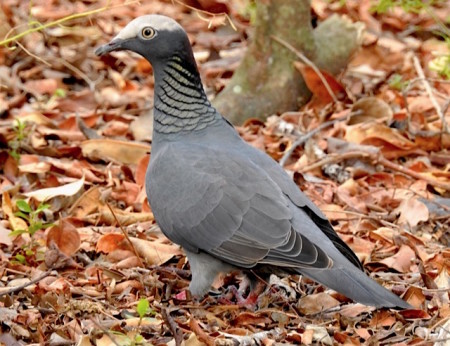
Can Caribbean bird populations survive hurricanes? Or perhaps we should ask, how do they manage to live through the storms’ fierce onslaught as well as survive the aftermath when there is little food and shelter?
In Part 1 we looked at the terrible damage caused by Hurricane Matthew to the human life, infrastructure, wildlife and ecosystems on some of our islands. Matthew arrived just a couple of months ago. Some communities are only just picking up the pieces, and for many, life remains a struggle.
Just as with humans, some birds can “get back on their feet” faster than others. If forests are lost, as in Haiti during Hurricane Matthew, birds are essentially homeless, like a man whose house has blown down, and their chances of survival are not good. As humans are rebuilding their lives, birds have to struggle on with theirs, too, in an environment that has become bleak and hostile, almost overnight. It will take time to restore some kind of normality. Fortunately, like humans, birds are remarkably resilient and they can (and do) bounce back.
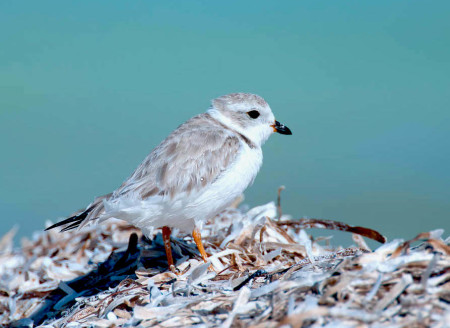
Recent studies of hurricane effects on birds indicate that these storms have both direct and indirect effects on birds. Direct effects are most likely to cause mortality in those birds that have no place to hide, especially aquatic bird such as waterfowl, pelicans, gulls and terns, sandpipers, plovers, herons and egrets. In a severe storm, their habitats will likely be swamped by storm surges, and the strong winds (often most powerful along the coast) will destroy them. Heavy rains, resulting in floods and landslides, will swamp them. Many land birds can avoid the direct effects of hurricanes by hunkering down on the ground or sheltering in low vegetation, but land birds are also killed by hurricanes.
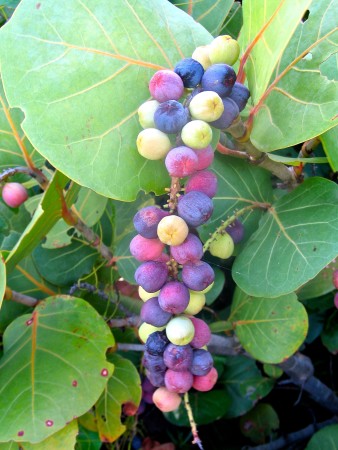
Indirect effects, however, may not only cause mortality but have the longest lasting impact on bird populations. These include loss of food resources or foraging substrates, increased risk of predation, loss of nests and nest or roost sites, and microclimate changes.
In the short-term, birds respond to these indirect effects by changing their diet, habitat, and foraging locations. It should be no surprise that after hurricanes birds will quickly abandon heavily damaged and exposed sites and move into less damaged sites where there is a better food supply and cover from predators. Often birds will wander widely in search of food in the aftermath of storms and feed on foods that are not normally in their diet (as described in Part 1 of this article).
In the first breeding season after a hurricane, breeding is usually disrupted as some species may not be able to find good nesting places, or food may not be sufficient for females to build up the reserves needed to lay eggs and undergo incubation. There might also be shortages of food to feed young. And of course, a number of breeding birds may have fallen victim to the storm. These factors usually result in a decline in breeding success and consequently fewer baby birds post-hurricane for many species, which can shift population age structure.
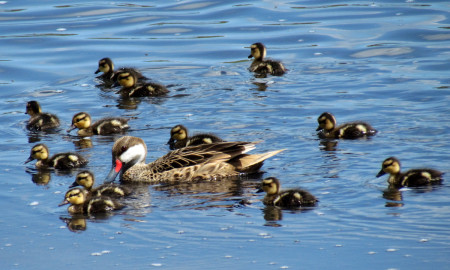
In tropical climates where some birds breed opportunistically or all year-round, such as grassquits, they can begin to breed again as soon as conditions improve. As vegetation recovers, terrestrial birds may respond to outbreaks of herbivorous insects (e.g., caterpillars) as defoliated plants leaf out, and to increases in flowering and fruiting. These food resource blooms several months or years after a hurricane can eventually increase breeding success as pairs may produce multiple clutches in a season due to abundant food. Similarly, tropical waterbirds such as White-cheeked Pintails may nest opportunistically in the fall in the weeks following a hurricane when heavy rainfall floods wetlands leading to flushes of aquatic macro-invertebrates, the high protein food that females need to lay a clutch of eggs.
Which bird species are most at risk during and after a hurricane? These tend to be those with a diet of fruit, nectar or seeds (hummingbirds, bananaquits, pigeons, doves and parrots, among others). Birds that live or forage in large, old trees – such as woodpeckers, owls and more – may also suffer; sadly, these noble trees often bear the brunt of the storm. Birds that live in closed forest canopy, that depend on a particular “niche” ecosystem with its own peculiar mini-climate, and/or that live in habitats in which the vegetation recovers slowly are all vulnerable.
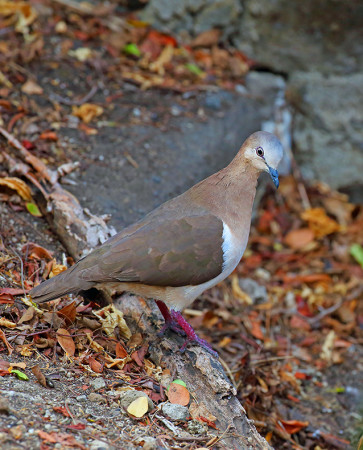
These vulnerability traits may increase the risk of severe population decline in those species with small populations isolated in small habitat fragments which includes many of the islands’ endangered endemics of course. For example, the Grenada Dove suffered a substantial decline in its already small population as a result of Hurricane Ivan in 2004 (estimated at 180 doves before Hurricane Ivan), although obtaining a precise population estimate was challenging as the doves moved out of their traditional sites and stopped calling. The most recent census (2013) suggests that the dove is still recovering from this loss many years later.
How can we humans help birds after the passage of a hurricane? One important way is by providing food. Hang up bird feeders – including hummingbird feeders, as nectar from flowering plants and trees is likely to be in short supply, and bird seed. This can help birds survive until their natural foods recover. We should not forget water either! There is usually either too much or too little water available after a hurricane. Birds need plenty of clean water to recondition their battered feathers and of course, to drink. Birds do get dehydrated quite quickly, especially in the hot weather. We should also try to replant as soon as possible – both slow- and fast-growing native trees and plants – to provide shelter, food, and nesting sites.
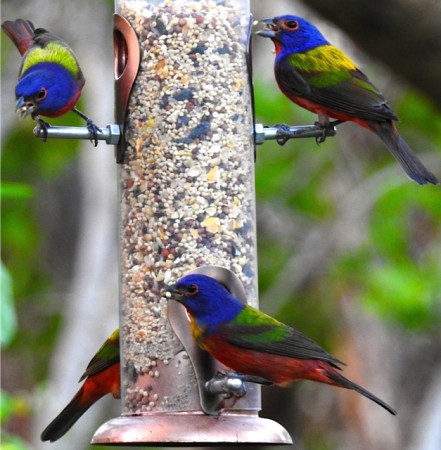
Hurricanes such as Matthew are tests of endurance, resilience and adaptability. With climate change life will likely not get any easier, and we can expect the unexpected. While people can prepare for more intense storms that may come our way in the future, our birds cannot plan for the future. Let us see what we can do to protect our birds – whose lives are literally turned upside down by such storms – and their habitats. And, if the worst happens, let us try to help them recover; it’s the least we can do.
By Emma Lewis, frequent blogger for BirdsCaribbean and member of BirdsCaribbean’s Media Working Group. Find me at Petchary’s Blog! Many thanks to Joe Wunderle and Lisa Sorenson for their contributions to this article.
For more information, check out these articles:
